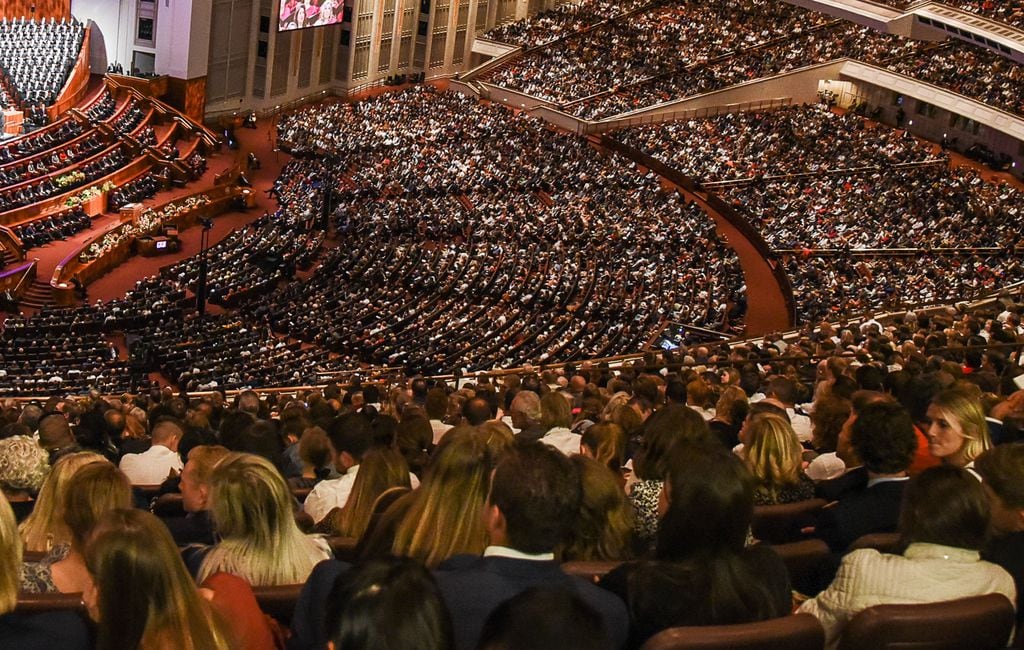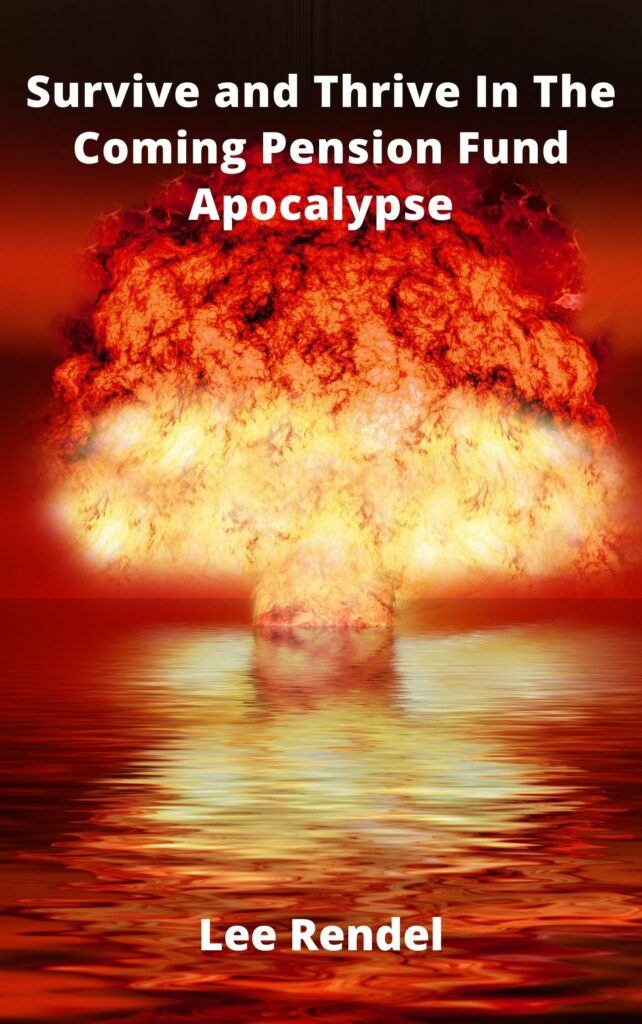New U.S. Religion Census sheds light on LDS Church membership
![]()
New U.S. Religion Census sheds light on LDS Church membership
Here’s one anomaly: The number of Latter-day Saints in Utah’s Rich County is greater than the county’s overall population. Huh?

(Francisco Kjolseth | The Salt Lake Tribune) A 2019 General Conference session of The Church of Jesus Christ of Latter-day Saints at the Conference Center in Salt Lake City.
| Nov. 26, 2022, 5:00 a.m.
What’s the current status of religion in America? How about in Utah?
That’s the question that the Association of Statisticians of American Religious Bodies (ASARB) tries to answer every 10 years in conducting the U.S. Religion Census. The goal is to get a total picture of the number of adherents and congregations in each church across the United States, broken up by state, county and metropolitan area.
The national story has been summarized as a rise of the “nones and the nons” — those who say they have no religion, and the continued growth of nondenominational churches. But here in Utah, we have a dominant religious group, The Church of Jesus Christ of Latter-day Saints, and it’s interesting to track the status of that faith, plus other denominations in the state.

Hundreds mourn at funeral for Egypt’s Coptic Christian victims
So let’s dig in to the data. First, we’ll look at how the census was performed (including a big qualm with the data collection), and then we’ll see what it says.
Methodology — and my misgivings about it
There’s nothing better than the U.S. census for data researchers. Rather than relying on polls that are then extrapolated over the whole population, the goal is to get a complete tally of everyone who lives in the U.S. Truthfully, census researchers do a darn good job, all things considered. But there has not been a question about religious affiliation on the census since 1950, due to the government’s stated goal of separating church and state.
The U.S. Religion Census conducted by the ASARB tries to fill that void by counting every church in the U.S., every congregation and every congregant. But the data collection method is different: Rather than going person by person like the U.S. census, researchers interview church by church, asking how many adherents each denomination has in all of the cities and counties and then interview all of the thousands and thousands of nondenominational churches separately.
To be sure, they spend thousands of hours in doing so, and their work is valuable. However …
We should note that the U.S. Religion Census’ definition of an “adherent” is about as wide as possible. According to the USARB, “adherents” include all those with an affiliation to a congregation (children, members and attendees who are not members).
Relying on self-reported data from the churches themselves means that the U.S. Religion Census winds up with some inflated counts. And from the data, nowhere is this tendency more obvious than from two groups: Baptist churches and The Church of Jesus Christ of Latter-day Saints.
In particular, both of those groups report multiple counties in which they say there are more adherents to their churches than there are residents in the county.
For the LDS Church, Idaho’s Franklin County and Utah’s Rich County are reported to have 16,095 and 2,763 adherents, respectively. Those counties had 14,194 and 2,510 residents, respectively, in 2020. Given the location of both counties, I suspect that this might be a case of double-counting people who attend church for a weekend at Bear Lake. Regardless of the exact reason, some inflation is occurring.
We should no
announcement cowboyron is now on youtube please subscribe https://www.youtube.com/channel/UCG4IRhrcmGfYi3TTe6iG7Pw




















